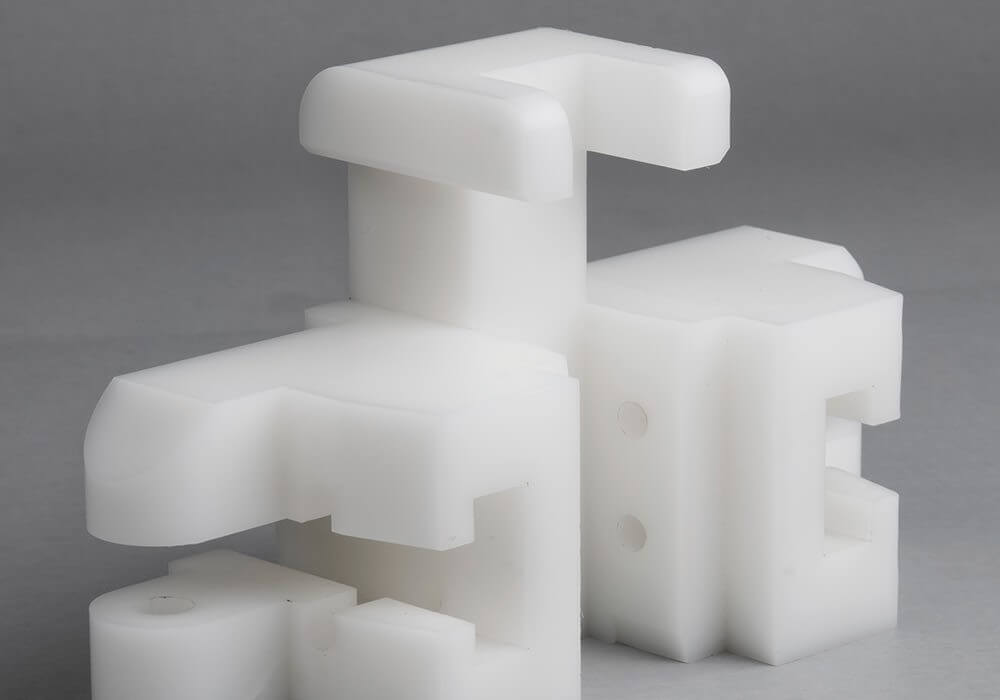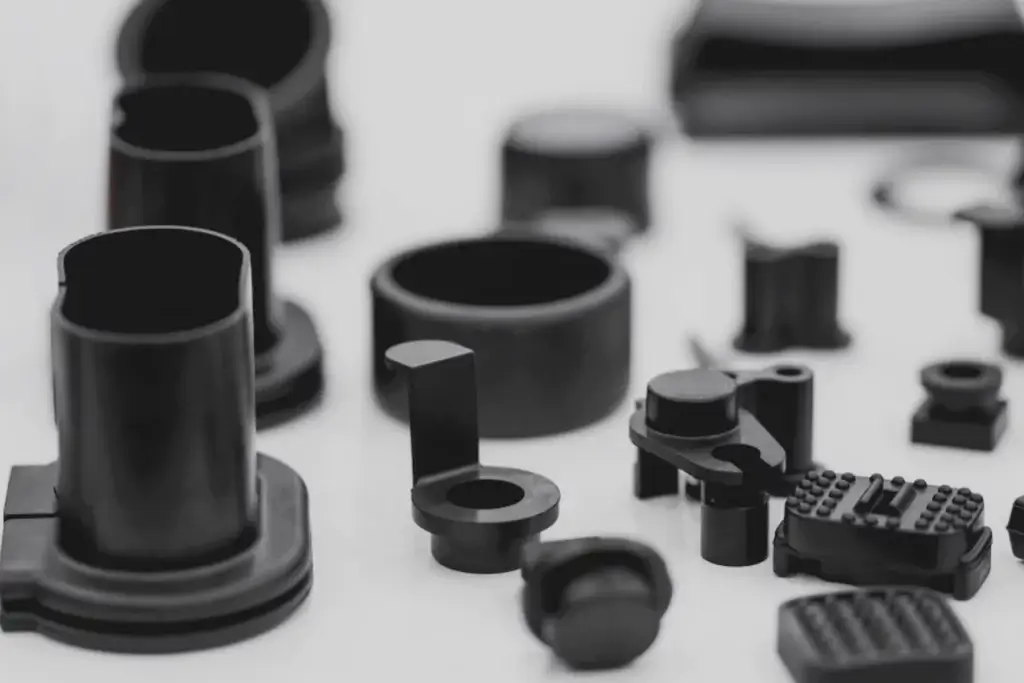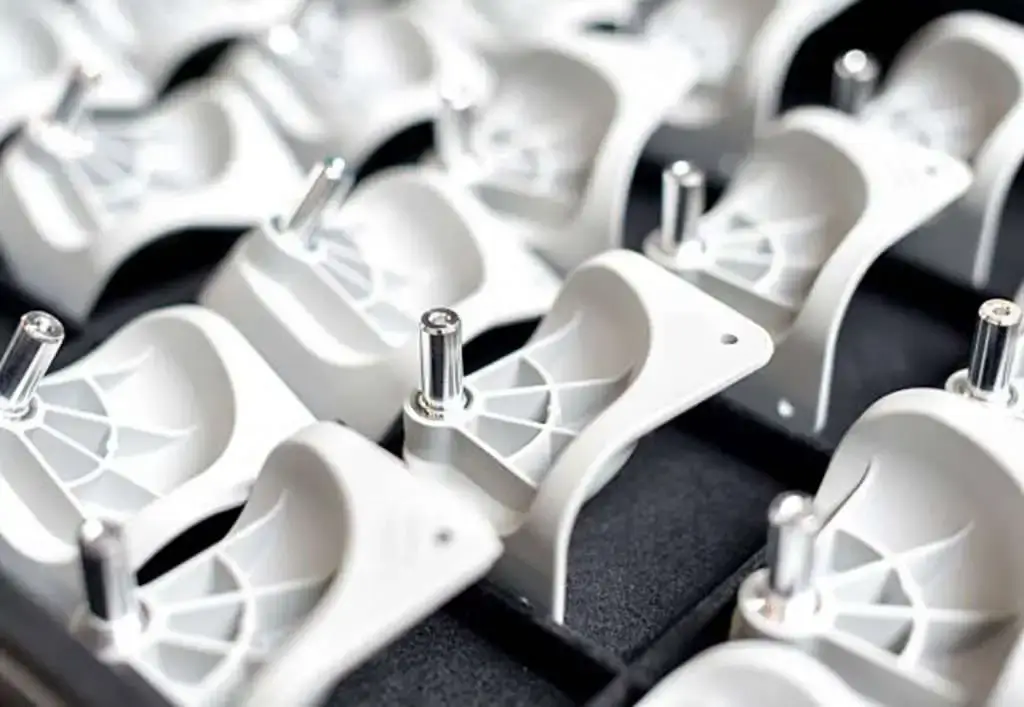A Comprehensive Guide to ABS CNC Machining
ABS (Acrylonitrile Butadiene Styrene) is a popular plastic material that has an excellent combination of material properties. This thermoplastic polymer not only exhibits good heat, electrical and chemical resistance, high impact strength and toughness (based on the additives introduced into its chemical composition), but also exhibits a variety of customizable properties. ABS can be used in applications that require a strong, stable and moderately moldable plastic. This article discusses the advantages, challenges and considerations of ABS CNC machining.
1.Advantages of ABS CNC Machining
CNC machining of ABS plastics has a variety of advantages that make it a widely accepted choice across a wide range of industries. Here are some of the expected benefits:
- It is an economical and effective way to produce ABS parts with complex geometries and tight tolerances because there is no need to create molds when CNC machining ABS plastics.
- CNC machining of ABS plastics enables it to maintain its mechanical properties, such as high toughness and tensile strength.
- Manufacturers can deliver ABS prototypes and end-use parts to customers faster using CNC machining technology.
- The cost-effectiveness of ABS CNC machining makes it ideal for producing small to medium batches of ABS parts.
- ABS CNC machining enables manufacturers to produce precision plastic parts with complex geometries and designs.

2.Common Challenges in ABS CNC Machining
Despite the many advantages of ABS plastics, machinists may encounter some frustrations during machining. Some challenges of ABS CNC machining include:
- ABS CNC machining requires special tools and expertise to produce high-quality precision machined parts.
- ABS parts processed by CNC machining are often prone to machining defects, such as poor surface finish, deformation, etc.
- Scratches or traces produced by CNC machines may cause ABS parts to leak or make transparent ABS parts appear foggy.
- In CNC machining, incorrect cutting parameters, cutting tools, and extreme heat accumulation often affect the surface quality of ABS plastics.
- Due to the high thermal expansion of ABS plastics when heated, excess material is removed, which becomes obvious when the workpiece cools and shrinks.
- Due to the low thermal conductivity and small thermal deformation temperature range of ABS plastics, more heat accumulates in the cutting area, so the material is prone to softening and deformation.

3.CNC machining tips for ABS machining
1) Tool selection
Use sharp high-speed steel (HSS) or carbide insert cutting tools designed for plastic machining. Consider using single-edge or double-edge end mills for better chip evacuation and reduced heat generation. Diamond-coated tools can also effectively extend tool life when machining ABS.
2) Cutting parameters
Optimize cutting speeds and feed rates to prevent melting and minimize tool wear. ABS generally prefers higher cutting speeds and lower feed rates. Maintain proper chip evacuation to prevent chip re-cutting, which can cause heat buildup and poor surface finish. Use coolant or compressed air to cool the tool and workpiece during machining, especially for high-speed cutting operations.
3) Clamping and workpiece holding
Use low clamping pressure to avoid deformation or distortion of ABS workpieces. Consider using vacuum suction cups or soft jaws to firmly hold the workpiece without causing surface damage.
4) Machining technology
Use down milling instead of up milling to reduce tool deflection and obtain better surface finish. Use pecking techniques for drilling operations to prevent chip accumulation and ensure hole accuracy. Consider drilling pilot holes before threading operations to minimize stress and reduce the risk of thread deformation.
5) Surface treatment
For a smooth surface finish, consider using finishing paths with reduced cutting depth and increased speed. Using surface-finished or coated cutting tools can minimize friction and improve surface quality. Consider post-processing techniques such as grinding, polishing, or steam smoothing to further enhance the appearance of machined ABS parts.
6) Toolpath optimization
Optimize toolpaths to minimize tool engagement and reduce machining forces, which helps prevent part deformation and improve dimensional accuracy. Use CAM software with adaptive toolpath strategies to dynamically adjust cutting parameters based on the material properties and geometry of the part.
7) Workpiece support
Provide adequate support for thin-walled or delicate ABS parts to prevent vibration, chatter, or deflection during machining. Use sacrificial sheets or support structures as needed to firmly hold the workpiece in place and prevent bending or deformation.
ABS parts machined by CNC are widely used in different industries due to their excellent impact strength, stiffness, and toughness. However, understanding the basics of ABS CNC machining is essential to ensuring the desired results and preventing complications. By following these CNC machining tips, you can achieve high-quality results when machining ABS materials, ensuring precise dimensional accuracy, excellent surface finish, and efficient chip removal.
